Admissions Open 2024 - 2025
Experience more our unique international school with a cozy, leafy environment, where every child is inspired to achieve their best.

"How do I support my child's learning at home?" is a common and frequently asked question that echoes in the Early Years department. Elevating your child’s learning experience through play invitations is one of the answers.
What is a play invitation? It is as simple as it sounds; an invitation for your child to play, to engage with materials, to explore, experiment and inquire.
A play invitation should be inviting and attention grabbing, however, it does not have to be FIERCE (that is, Fabulous, Involving adults, Expensive, Result-driven, Creative and Elaborate). The key is to work with what you have. Here are some evidence-based tips on how to set up play invitations in your home:
Keep it simple and open-ended (Stetsenko & Ho, 2015)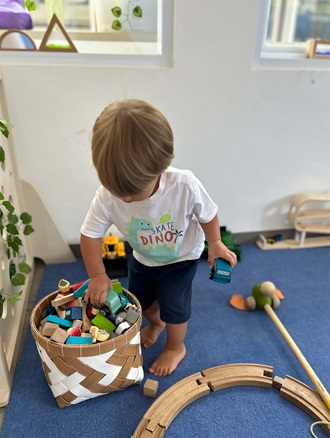
Present toys and materials that you already have at home. You do not need fabulous containers or fancy items to set this up. Your play invitation does not need to produce a specific outcome, so do not overthink it! You will be surprised with the imaginative ideas your child comes up withindependently when you keep the invitation simple and open-ended.
Place the toys on a mat (Kaynak et al., 2021)
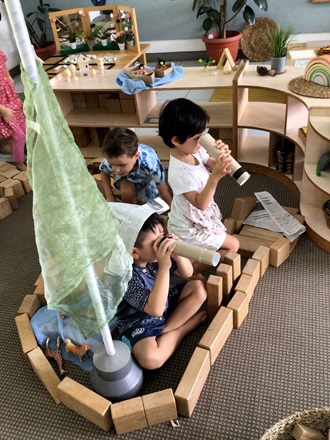
Bring the toys down to a mat. When you put a play invitation on a mat, you single it out, change the perspective from how it is usually seen and highlight it, all of which will grab your child's attention. Children will notice the set up and be more likely to engage with it. This is a good opportunity for you to present toys that are rarely played with.
Present the toys differently (Ralli & Payne, 2016)
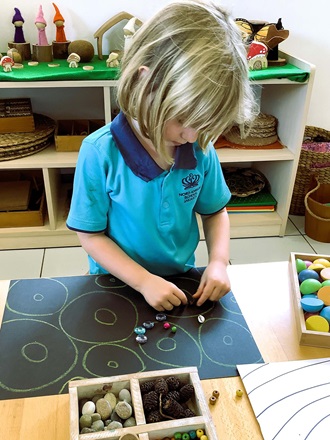
Stack them, line them up, present them upside down or offer just a few pieces ... help your child see the toys from different perspectives. When youmodel various ways of using materials, your child's mind will be open to numerous and limitless possibilities and ideas.
Mix and match (Burke, 2019)
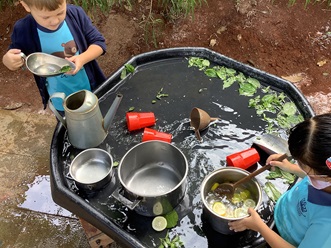
Present the toys in unexpected and unfamiliar combinations. Expose your child to new ways of seeing their favourite toys to inspire new types of play. Remember, you do not need to be creative here…just think of what the toys have never been paired with. For example, if your child likes to play with playdough, then try offering playdough with fresh flowers, sticks, or stones, etc. The combinations are endless!
Present the invitation undone (Trawick-Smith et al., 2015)
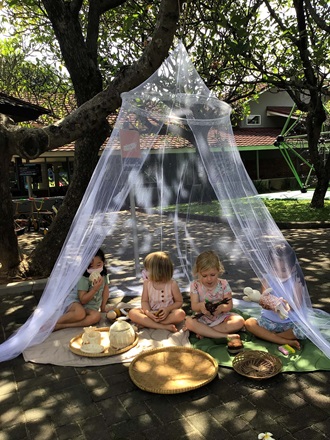
Children thrive in scenarios where they can build upon simple prompts.
Ooh, I can add this ... I can make this look like a ... What happens when I put this here... etc. When a child sees an “unfinished” play set up, their imagination is sparked and their independent creativity is fostered.
Go with your child's interests (Helm et al., 2023)
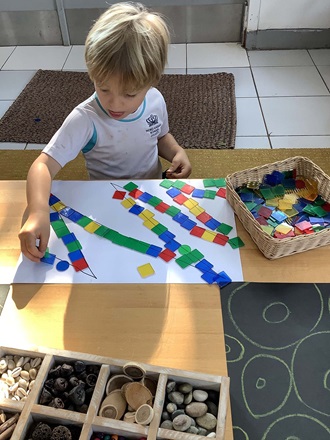
Include what your child is interested in to pique their curiosity and encourage their engagement. Your child will be more likely to engage when they see their favourite toys in the play invitation. If they like dinosaurs, present them in the invitation and combine them with toys that your child rarely touches.
There is no wrong way to set up play invitations. And there is certainly no “fail” invitations. Every reaction from your child, whether they engage with the play or not, simply informs you of where they are at in that moment and gives you an idea for future setups. Lastly, have fun!
References